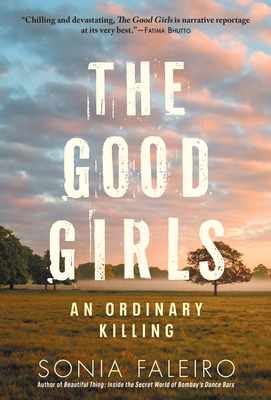What do you think?
Rate this book


314 pages, Hardcover
First published February 9, 2021
"What made the difference, then, was the highly emotive image of the girls hanging in the tree. Urban Indians first saw it on social media, the place where they went to read the news and debate it. They wanted something to latch on to, to vent their personal frustrations over India's inability to change quickly enough, and the picture was it. Padma and Lalli could have been anyone's children. They were, obviously, blameless."